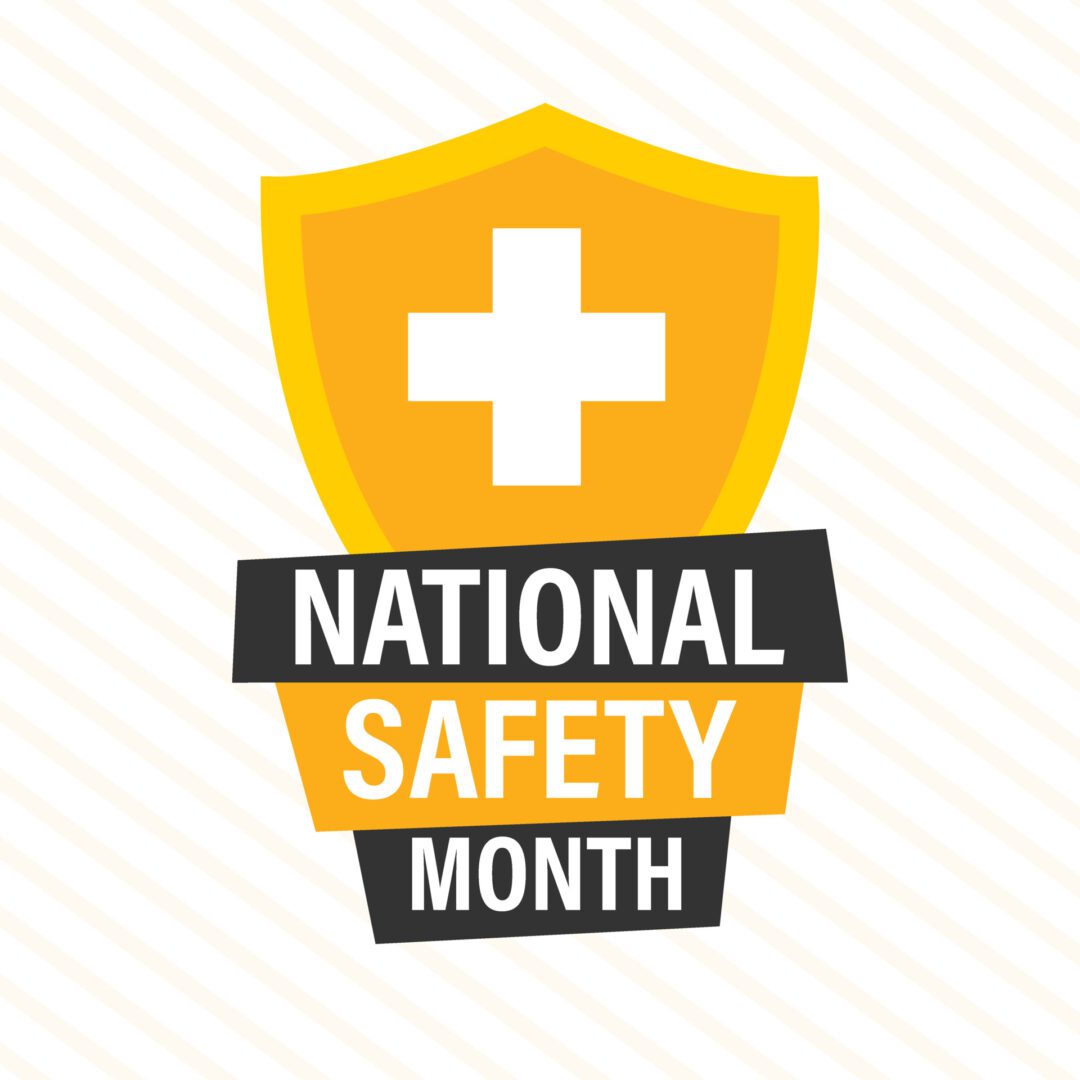Search by Color or Cause


It’s June, and that means it’s National Safety Month. National Safety Month is a time specifically dedicated to focus on the importance and value of safety. Wear a green or yellow enamel awareness ribbon pin, fabric ribbon, or green or yellow silicone awareness bracelet for this observation.
“Since its start, the National Safety Council [NSC] has been on a mission to promote safety and health,” Lorraine Martin, president and CEO of NSC—which founded the observance 27 years ago—said in a news release. “Regardless of whether you’re on the job, on the roads, in your community or at home, in order to be safe, you must be able to feel safe. And safety means something different for each of us; it’s personal.”
National Safety Month spreads the word about ways to reduce the risk of injuries. It also encourages communities, workplaces, families, and individuals to identify and report safety hazards.
In 2023, 5,190 workers lost their lives to work-related injuries. In addition, 2,607,900 workers were injured on the job, according to the Bureau of Labor Statistics.
National Safety Month focuses on a different theme every week.
For example, the themes for 2023 were:
Many agencies and organizations provide a wealth of information and resources on these topics. This information can be used to raise awareness and start discussions at your place of work.
Loneliness. Isolation. Uncertainty. Grief. Fear. Stress can increase these and other mental health challenges and can be harmful to our health. The amount and type of stress experienced varies from person to person. This is due to many factors, including those experienced at work.
While there are many things in life that induce stress, work can be one of those factors. Workplace stress and poor mental health can negatively affect workers through their job performance and productivity, as well as with their engagement with others at work. It can also impact worker physical health, given that stress can be a risk factor for various cardiovascular diseases. However, workplaces can also be a key place for resources, solutions, and activities designed to improve our mental health and well-being.
Work has always presented various stressors. Workers are constantly dealing with new stressors introduced to the workplace. In some instances, these stressors have amplified other issues at work. More than 80% of US workers have reported experiencing workplace stress, and more than 50% believe their stress related to work impacts their life at home.
Workplace stressors may include:
These, and many other, work-related stressors can take a toll on a person’s sense of well-being and negatively impact their mental health. For some, these stressors can contribute to serious problems, such as the development or exacerbation of mental health challenges (e.g., anxiety disorder, depression disorder or substance use disorders.) Psychologists and psychiatrists are sounding the alarm about a mental health crisis forming, and data supporting their concerns have started to emerge. As one example, survey results from the Centers for Disease Control and Prevention (CDC) suggest that about 40 percent of U.S. adults were experiencing negative mental or behavioral health effects in June 2020, including symptoms of anxiety disorder or depressive disorder, trauma-related symptoms, new or increased substance use, or suicidal thoughts. An article published by the National Safety Council in August 2020 detailing a spike in opioid overdoses further highlights the need for more mental health resources.
Because of the many potential stressor’s workers may be experiencing, a comprehensive approach is needed to address stressors throughout the community, and employers can be part of the solution. For example, more than 85% of employees surveyed in 2021 by the American Psychological Association reported that actions from their employer would help their mental health. The goal is to find ways to alleviate or remove stressors in the workplace to the greatest extent possible, build coping and resiliency supports, and ensure that people who need help know where to turn.